In addition to getting to wear cool historical recreations, Amber Butchard has interesting fashion sense in her daily wear. Her outfits are composed of various historical-inspired pieces, combined in interesting ways: she wears what she likes in combinations that appeal to her, and I love it! I don't love every item, but I love the overall look. In Episode 2 (Arnolfini), Amber Butchard wears a velvet capelet with a handmade lace collar sewn to it. The screencap I opened the post with shows the whole top. There's actually not much mystery about the name of this lace: it's tatting! TATTING AND ITS (FEW) IMITATIONS
Tatted lace is usually denser both visually and texturally. Visually, it has all its elements clustered close together. There is no interplay of ground and motif; it's all the same. And because it's made with tight half-hitches around tightened loops, it has a certain weight and inflexibility compared to other laces. Tatting makes great doileys, cuffs and collars, but doesn't drape nicely for a whole dress. Tatting is rarely replicated in machine-made laces. Sometimes I'll see a machine-made lace edging with loops and picots that imitates a tatted trim, but I have never seen machine-made lace that mimicked tatting on a larger scale. The elaborate curlicued designs of tatted doileys and collars are sometimes done in machine embroidery, but that's on fabric not on its own, so it isn't lace. This is puzzling to me... if they can get machines to imitate complex bobbin laces and needlelaces, with grounds and bars and floral motifs and even words, why not do the same for tatting?
Giving the benefit of the doubt to the re-maker, perhaps the lace was damaged in some way, and the cut had to be made there. If by so doing they made a damaged lace usable again, and created this lovely capelet that gives pleasure to its wearer and its viewer, then it was worth it!
1 Comment
The Sister
10/9/2018 12:21:37 pm
That collar would annoy me too....
Reply
Leave a Reply. |
Karen Roy
Quilting, dressmaking, and history plied with the needle... Sites I EnjoyThe Quilt Index Categories
All
Archives
March 2024
|
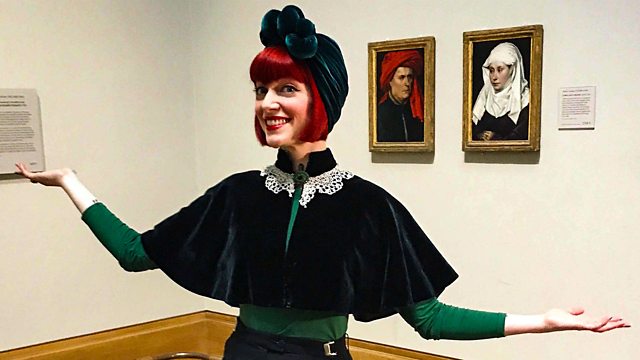
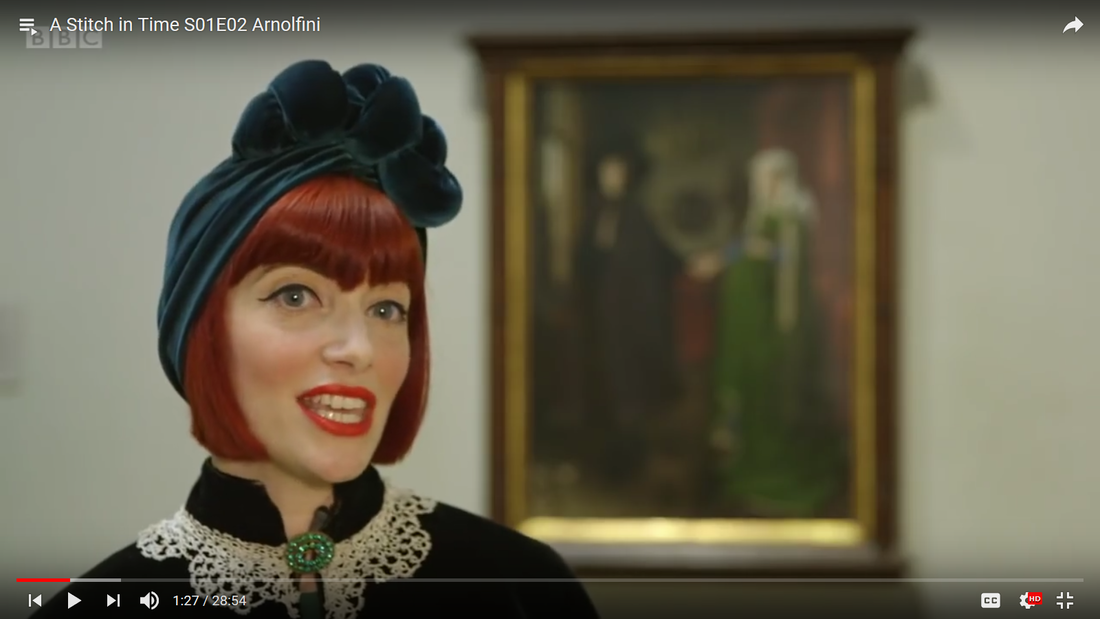
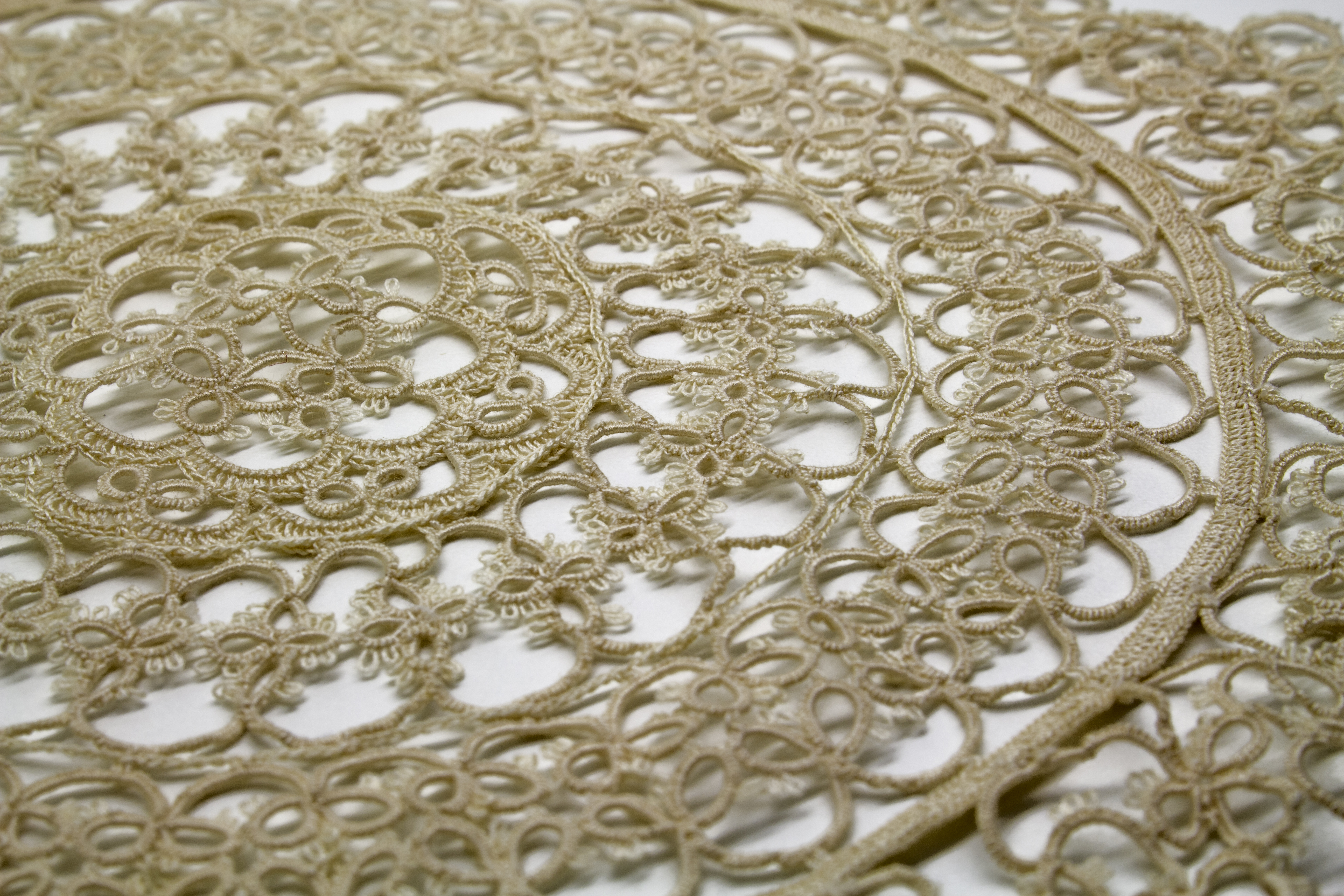
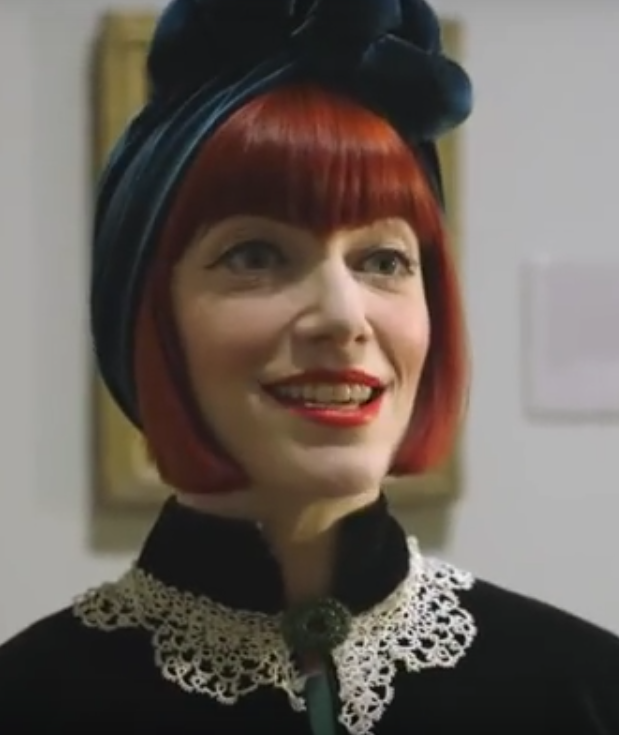
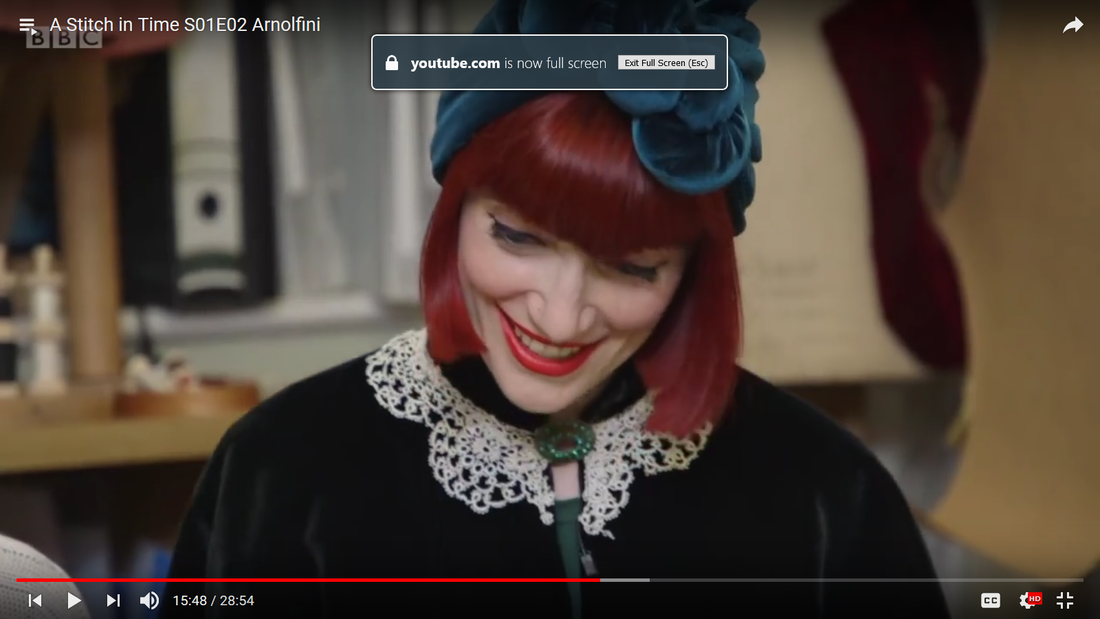
 RSS Feed
RSS Feed